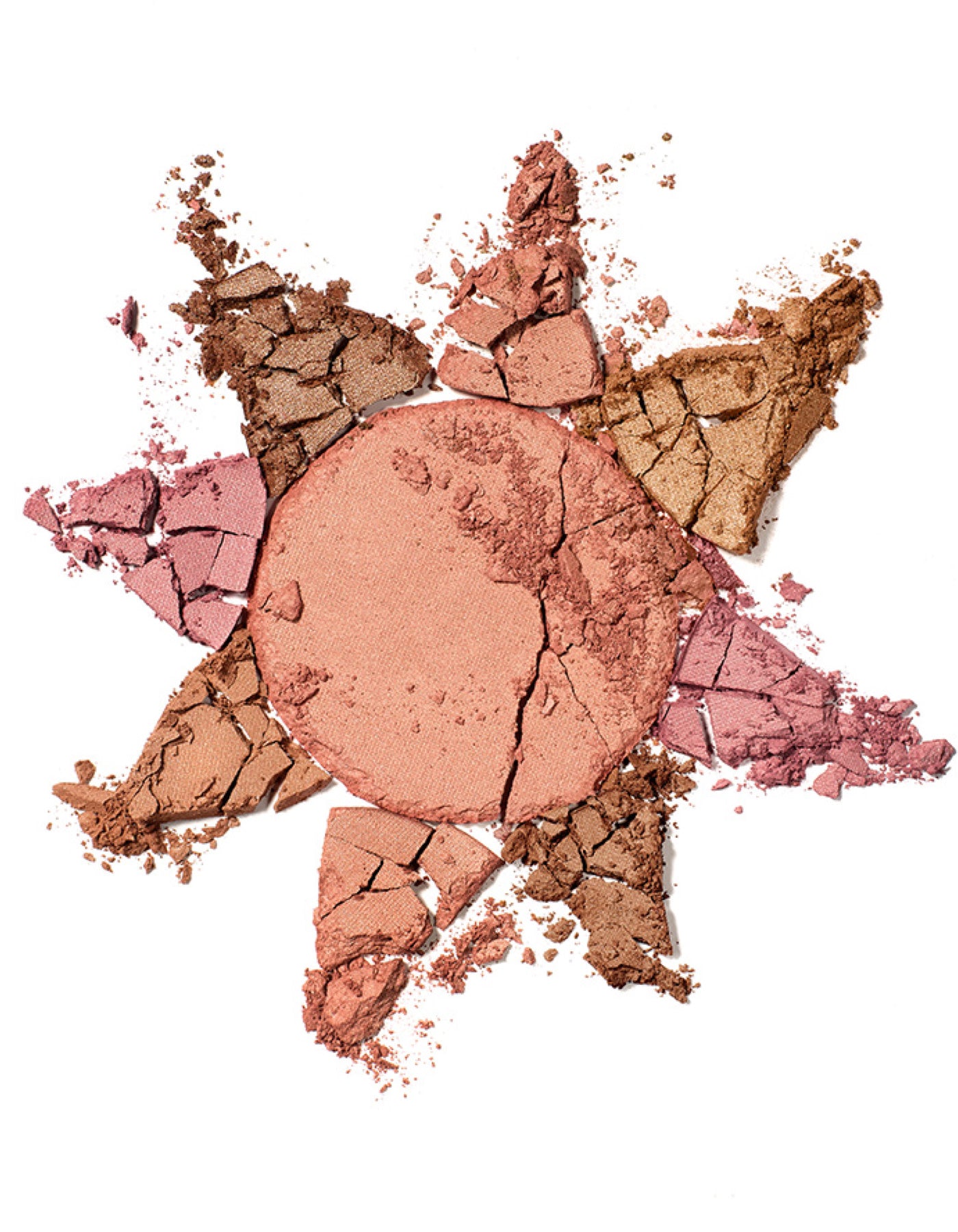Diary / Beauty / Sep 26, 2022
What You Need to Know About the FDA’s New Proposed Sunscreen Regulations
Written by: Julia McVeigh
Photography by: Henry Leutwyler

Dutifully applying sunscreen is essential for sun safety. By this point, you’d have to be living under a rock not to acknowledge this as a fact. (Although I suppose if you’re actually living under a rock, sun exposure is probably not a concern? I digress.) But upon examining the many options for sunscreen, things start to get… confusing.
Organizations like the Environmental Working Group argue that some of the most prevalent ingredients in sunscreens pose health concerns; they point to compelling research that reveals that chemical sun filters like oxybenzone and avobenzone may disrupt hormones or trigger skin allergies. Furthermore, research indicates that humans absorb oxybenzone into their bodies, with the chemical being found in high incidences in both breast milk and urine. Ick.
Given ingredients like oxybenzone are common in many widely-available sunscreens, it’s unsettling to think that applying something to protect your skin could actually be a hazardous endeavor. This is why understanding the FDA’s new proposed sunscreen regulations — released just several months ago — is so important.
With Skin Cancer Awareness Month on the horizon (it takes place in May), here are four key takeaways from the new regulations and what you need to know to stay safe in the sun:
Only two of the sixteen marketed sunscreen actives are actually deemed “safe” (!)
This is a big wow. Only two sun filters—zinc oxide and titanium dioxide, both mineral sunscreens—are what the FDA deems “generally recognized as safe and effective (GRASE).” Furthermore, two of the currently available sunscreens—PABA and trolamine salicylate—are not deemed GRASE. The fourteen remaining sunscreens require more research and data due to potential safety issues. This includes oxybenzone and avobenzone, the aforementioned chemical sun filters. Bottom line: Use mineral sunscreens whenever possible.

Broad spectrum sun protection is increasingly a top priority.
Broad spectrum sunscreens filter out both UVB and UVA rays; the former causes immediate sunburn and redness, while the latter penetrates deep into skin to produce long-term damage, including premature aging and wrinkles. While many of us think a high SPF is the holy grail of sun protection, the FDA is clearly emphasizing broad spectrum protection as an equally vital feature of sun safety. In fact, its new proposed regulation requires that any sunscreen with an SPF 15+ or more must also provide broad spectrum protection. If you’re serious about sun protection, then, don’t simply look for a high SPF factor.
It’s (finally) time to up your SPF protection.
The current maximum proposed value on FDA-approved sunscreens is 50+; new regulations would put this number at 60+. This is a pretty notable development, as the FDA has a long-held stance that sunscreens with a protection factor of more than 50+ provide no additional sun protection. Not surprisingly, this shift in position comes on the heels of notable research that points to the greater efficacy of SPF 100+ sunscreen versus SPF 50+.
No more 2-in-1 sunscreen and insect repellent.
And finally, if you’re one of those people that lives for shampoo-plus-conditioner (like my misguided husband), this proposed regulation will probably bum you out. The FDA wants to eliminate sunscreens that also feature insect repellent, deeming them unsafe for use. Don’t worry, though, your 2-in-1 haircare does appear to be safe from elimination—although it's certainly not safe from my judgment.













































 Miracle Balm
Miracle Balm
 Just Enough Tinted Moisturizer
Just Enough Tinted Moisturizer
 What The Foundation
What The Foundation


